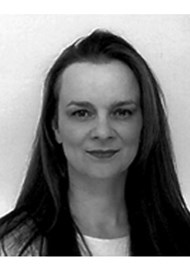A Dutch national working group developed this guideline with representatives from the societies representing 11 different specialties and the Dutch national patients’ society. Medical, social and psychological aspects of care for both syndromic and non-syndromic craniosynostosis are included, for both patients and their families. This paper adds to the literature on craniosynostosis and summarises the available literature, with a grading of the level of evidence, thereby highlighting areas of care that need further research. This paper discusses a family centred approach and indications for timely referral, requirements for a dedicated craniofacial centre, diagnosis, imaging, genetics as a diagnostic tool, perioperative care, surgical treatment, evaluation of the outcomes of surgery, timing of surgery, osteotomies, distraction osteogenesis, management of elevated intracranial pressure, hydrocephalus, Chiari I malformation, management of visual problems, obstructive sleep apnoea, hearing problems, dentofacial abnormalities, deformities of the extremities, cognitive and behavioural problems and psychosocial functioning. There are still questions remaining about the ideal timing for surgery and the best techniques to use for patients with different diagnoses. There also needs to be an internationally accepted method for outcome assessment, to allow comparisons between craniofacial centres. This is an excellent paper and paves the way for future studies.




